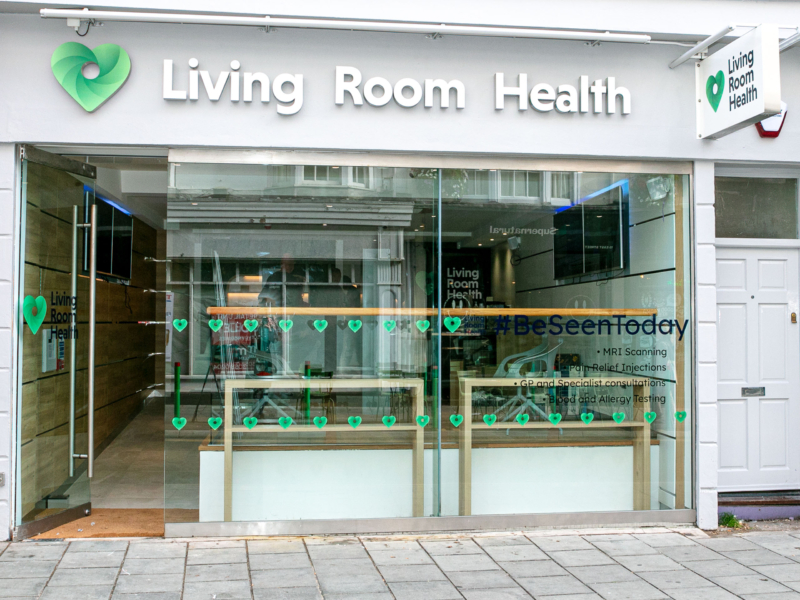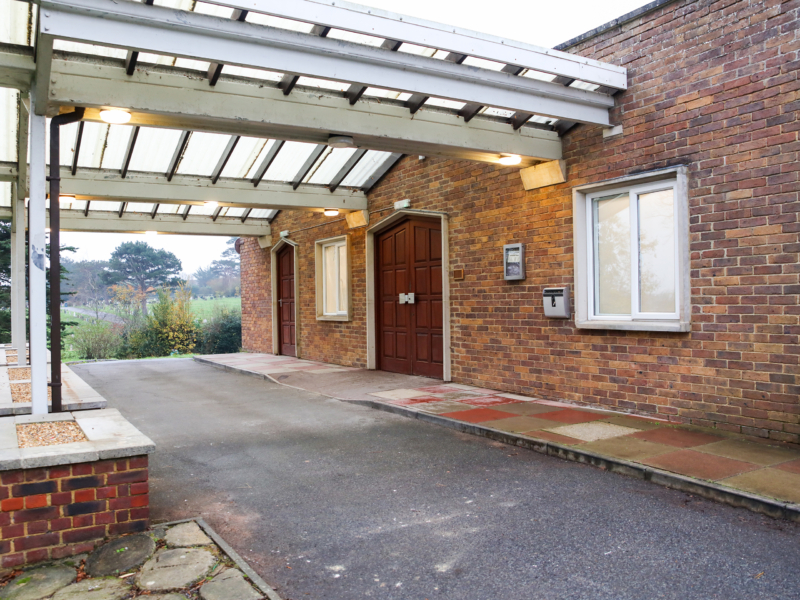Project
RAAC, Bramber House, University of Sussex
Client
University of Sussex
Duration
24 weeks
The Brief
- Reinforced Autoclaved Aerated Concrete (RAAC) is a kind of lightweight aerated concrete that was used in construction from the 1960s to the 1980s. It typically has a life span of 30 years, but can still be found in some buildings that were built during that time.
- RAAC recently became headline news in September 2023, after a number of buildings, including schools, were found to be unsafe as a result of RAAC, which can be prone to disintegration over time, and is particularly unstable when exposed to moisture.
- In 2022, the University of Sussex had proactively commissioned a survey which identified five buildings which contained RAAC.
- One of these was Bramber House, which was one of the main hubs of the university, containing the eating hall, conference centre, and shops.
- After a successful competitive tendering process, Hawes Construction Group were chosen to work with the University to remove the RAAC panels and replace them with timber.
- To enable staff and students to continue using the buildings safely, certain areas were closed to all but essential access, so time was of the essence to allow normal access to resume as quickly and safely as possible.
Our Solution
- As this was an evolving situation, a significant part of our initial work was to learn the best ways of working with RAAC.
- Regardless of condition, all RAAC was to be replaced, so that we could provide the best solution for each building.
- We started with Staircase 2 in Bramber House, which provides the main access to all floors of the building and receives heavy foot traffic. This was the area most in need of urgent attention.
- First, we identified the size and shape of the RAAC panels and how they had been laid, so that we could work out the safest and most efficient way of removing them.
- We uncovered and rolled over the RAAC panels so that we could cut them into sections with a concrete saw, before using a hoist to bring them down to a skip at ground level.
- Using concrete saws reduced hand arm vibrations (HAVS), allowing our team to work as safely as possible.
- This method also reduced the amount of debris produced by the work, and was a much quicker and less labour-intensive method than using breakers.
- We used a water suppressant to reduce the levels of dust produced.
- We then replaced the RAAC with timber.
- Leaks had been found, so we also reroofed affected areas.
- The building was still hosting conferences and serving students for the duration of the works, so we took all measures to ensure that disruption was minimised.
- There were also other large-scale building works taking place at the university concurrently, so we worked alongside the contractors and facilities staff to ensure everything went smoothly.
The Result
- This is an ongoing project which we are continuing to work on in collaboration with the University.
- Due to the evolving situation with RAAC, we had to remain flexible and solution-focused, so that we could problem-solve and meet the demands of the ever-changing situation.
- We worked successfully with multiple stakeholders, including staff, students, and conference attendees, to ensure that the building could continue to operate safely for all.
- We are working towards a successful resolution of the project – our aim is that this will be the safe and speedy removal and replacement of all RAAC, with minimal disruption to the university.
- We look forward to providing staff and students with a safe and dry building which will stand the test of time and will be free of all unsafe RAAC.
- To see the latest news from the University of Sussex on the topic of RAAC, you can head to their website.
Contact us to discuss your next project
We are happy to answer any questions you have about our services and how we can help you with your project.














